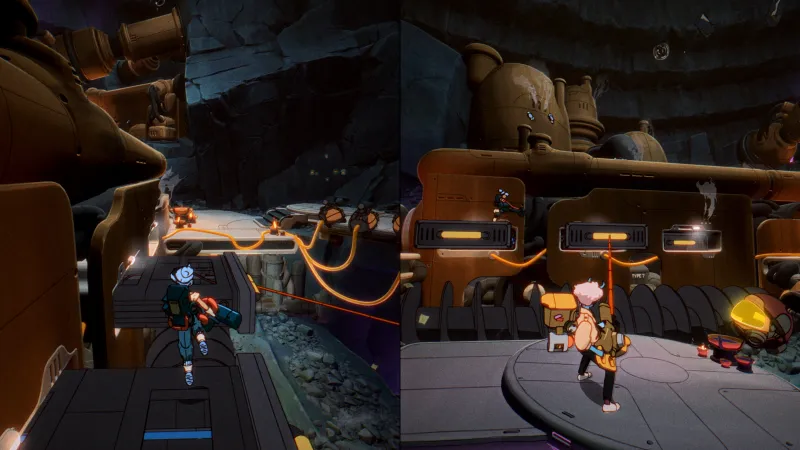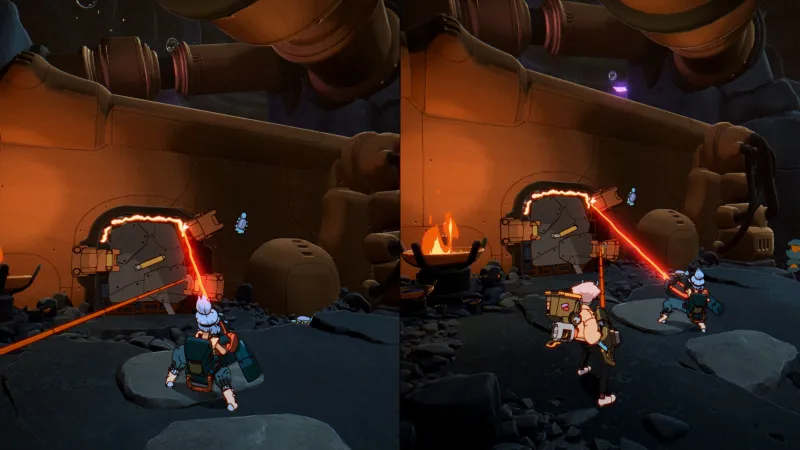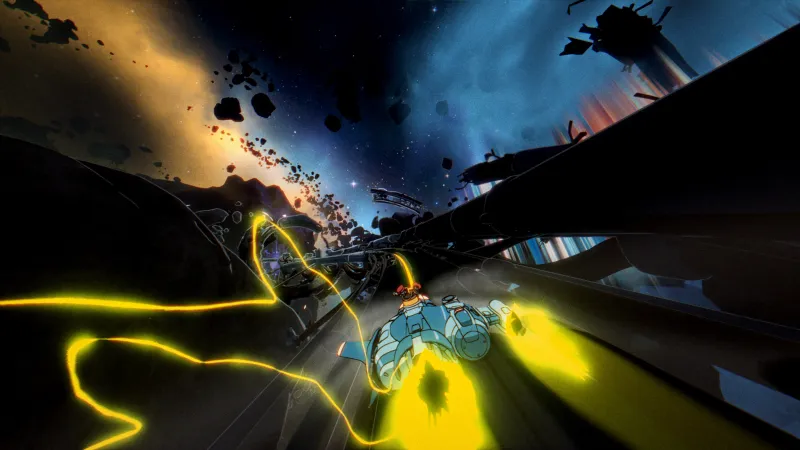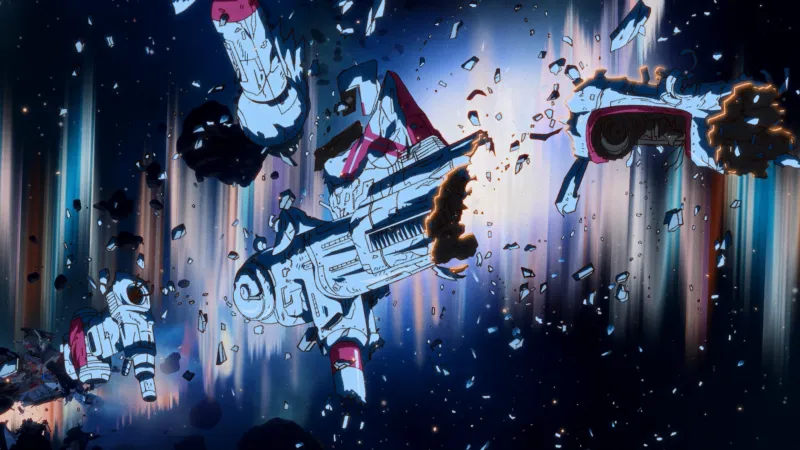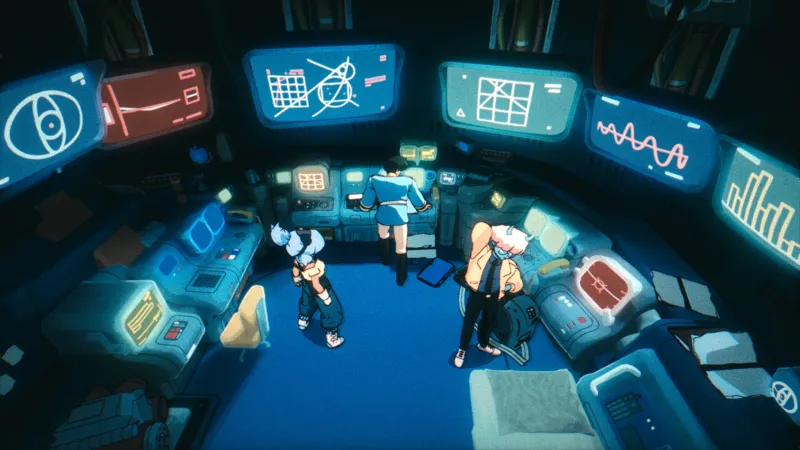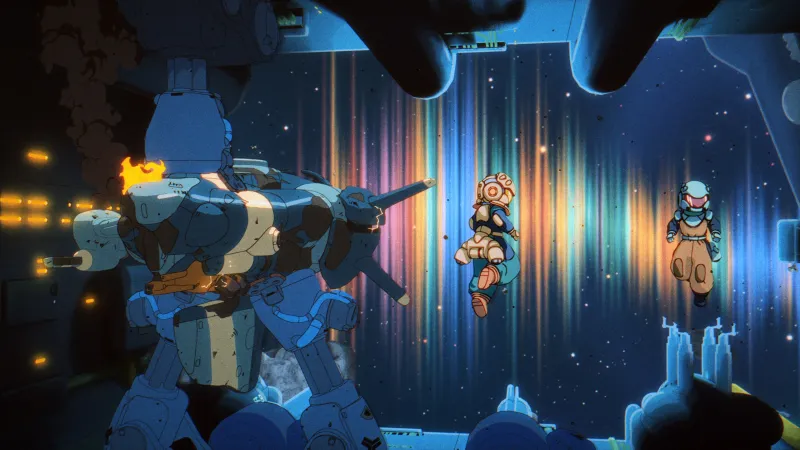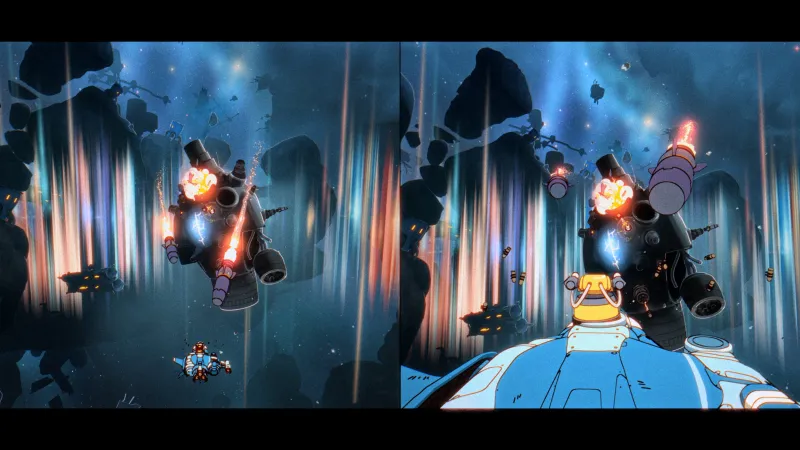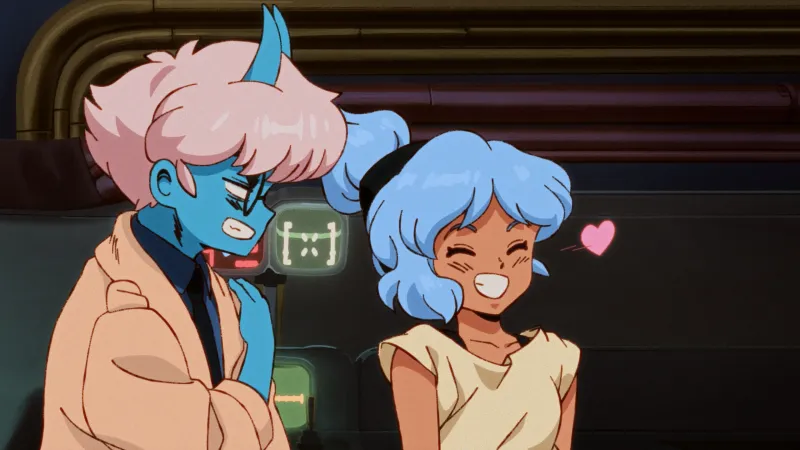Reading List
The most recent articles from a list of feeds I subscribe to.
The Game Awards 2025 - Our Reactions To The Biggest Reveals | The Game Informer Show
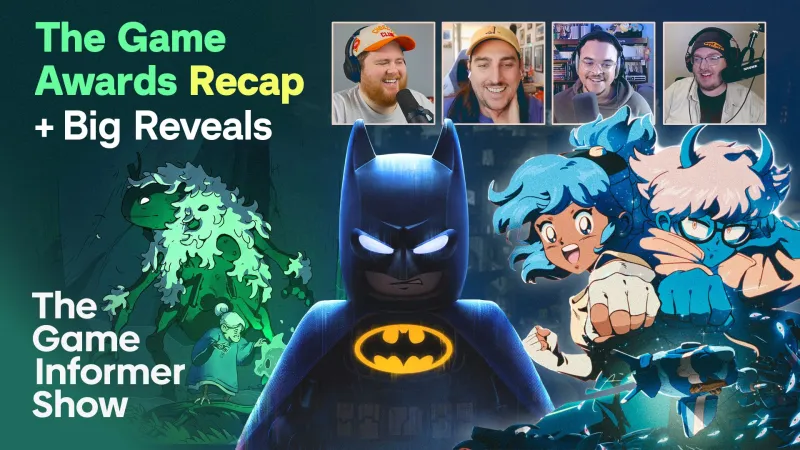
Watch the video version here:
Listen to "The Game Awards 2025 - Our Reactions To The Biggest Reveals" on Spreaker.Follow our hosts on social media:
- Alex Van Aken (@itsvanaken)
- Wesley LeBlanc (@wesleyleblanc)
- Charles Harte (@chuckduck365)
- Eric Van Allen (@seamoosi)
Jump to a specific timestamp here:
00:00 - Intro03:23 - The Game Awards 2025 Winners and Reactions26:37 - Our Favorite Trailers and RevealsResident Evil Requiem Devs Say Grace And Leon's Sections Are 'Almost Equally Split,' Detail Leon's Porsche
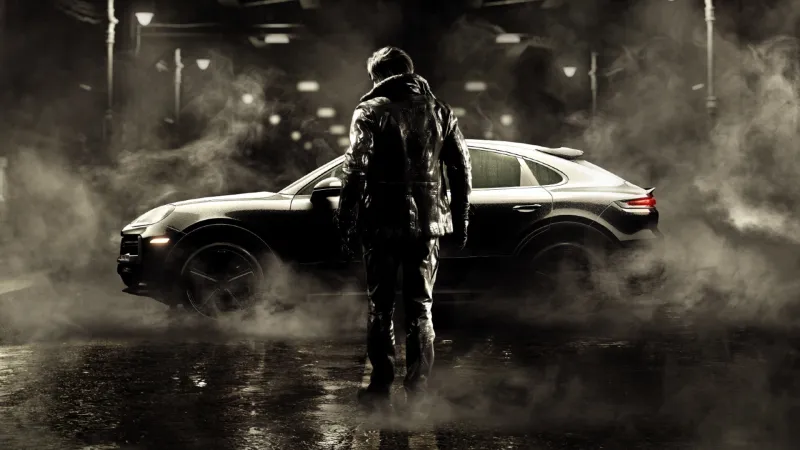
Capcom released a new trailer for Resident Evil Requiem during The Game Awards 2025, and it featured the return of Leon S. Kennedy to the series, older and more grizzly than we've ever seen him. Following that trailer, Capcom spoke with Automaton, as reported by IGN, to discuss this beloved character's return, how much we can expect of him in Requiem, and his fancy new Porsche.
Requiem director Koshi Nakanishi told Automaton that Leon and Grace will share the game's runtime equally. "In terms of gameplay, Grace and Leon's playable sections are almost equally split," Nakanishi said. "The structure is similar to Resident Evil Revelations."
Nakanishi added that Requiem is Leon's first return to Raccoon City since his time in Resident Evil 2, "so seeing how he responds to the 'place where it all began' now that he's older is another major point of interest." In terms of designing this more gruff Leon for Requiem, the director said, "Although he's a character who carries a lot on his shoulders, we took a lot of care in refining him to be an 'ikeoji' [a cool/attractive guy]," adding that the reaction to this new trailer made the development team happy.
Elsewhere in the interview with Automaton, Requiem producer Masato Kumazawa detailed Leon's fancy new ride: a Porsche Cayenne Turbo GT. Kumazawa said, "We were looking for a car that fit Leon, and thankfully, Porsche kindly agreed, which led to a full collaboration." The Requiem producer says this Porsche is a custom-built Cayenne Turbo GT meant to fit the game's world, adding that "it's a one-of-a-kind car."

Resident Evil Requiem hits PlayStation 5, Xbox Series X/S, Nintendo Switch 2, and PC on February 27, 2026.
While waiting for its launch, read about how Capcom will hold a Resident Evil Requiem showcase early next year, and then read about Game Informer's hands-on time with it. After that, read about how Requiem, Resident Evil Village, and Resident Evil Biohazard are launching on Nintendo Switch 2 in February, and then check out Game Informer's exclusive interview with Requiem's director and producer.
How do you feel about Leon's return to Raccoon City? Let us know in the comments below!
Orbitals Is A Co-Op Puzzle Adventure Inspired By Classic Anime Coming Exclusively To Switch 2 Next Year
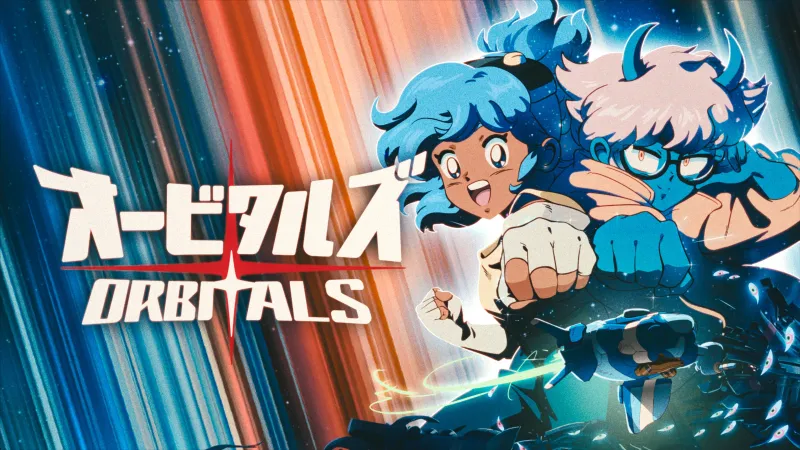
Publisher Kepler Interactive and newcomer developer Shapefarm have revealed Orbitals, a co-op puzzle adventure inspired by classic anime. The gorgeous reveal trailer also reveals that Orbitals will launch exclusively on Nintendo Switch 2 sometime in 2026.
Shapefarm is based in Tokyo, Japan, so it's no wonder Orbitals is a clear love letter to 1990s anime, like Neon Genesis Evangelion, Cowboy Bebop, and others. In the game, players will team up as Maki and Omura, two inseparable explorers who must brave the perils of space to save the crumbling space station they call home from a supernatural cosmic storm.
Check it out in the Orbitals reveal trailer for yourself below:
"Whether it's by using unique tools to open the path forward, piloting their spaceship through dangerous asteroid fields, or taking a break and soaking up the lavish anime-inspired atmosphere, players will embark on an intergalactic adventure and forge new bonds as friends together," a press release reads.
Orbitals is being developed in Unreal Engine 5 and, because it's exclusive to Switch 2, will allow players to team up with two pairs of Joy-Con 2 controllers on a single Switch 2 console via local split-screen co-op. Plus, with Nintendo's GameShare feature, players can share Orbitals with a local player on another Switch 2 or Switch console, or matchmake online for remote co-op.
Here are some additional Orbitals screenshots:
Kepler Interactive says Shapefarm teamed up with Studio Massket, which is an anime studio behind series like I Was Reincarnated as the 7th Prince so I Can Take My Time Perfecting My Magical Ability, Lycoris Recoil, Blue Lock, and Sasaki and Miyano, to create bespoke cutscenes for Orbitals for an added layer of animation authenticity.
Orbitals will launch exclusively on Switch 2 sometime in 2026.
Are you going to check out Orbitals next year? Let us know in the comments below!
Clair Obscur: Expedition 33 Wins Game Of The Year And Drops Massive Free Content Update As A Thank You
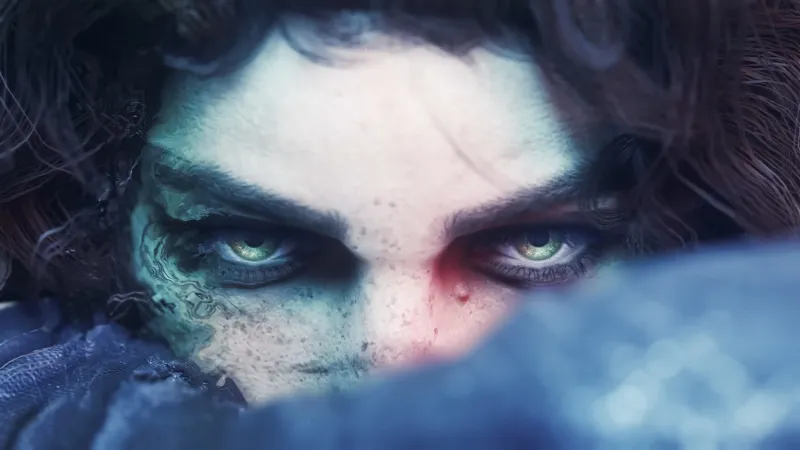
Clair Obscur: Expedition 33 just made history by winning the most Game Awards of all time, including the coveted Game of the Year award, but developer Sandfall Interactive isn't done just yet. During the acceptance speech for the final award of the night, the developers announced that the content update alluded to earlier in the year isn't just coming soon – it's out right now. You can check out the trailer below, but if you haven't played the game, be aware that the footage contains light spoilers.
This update adds a new area to explore called Verso's Drafts. Based on the trailer, it appears to become available in the later stages of the game, and adds several new elements, including new enemies, new story moments, new music, new outfits, and a highly-requested photo mode. It also adds new bosses in the Endless Tower, various quality-of-life improvements, performance enhancements, and incorporates Czech, Ukrainian, Latin American Spanish, Turkish, Vietnamese, Thai, and Indonesian as localized languages for the game. You can read the full patch notes here.
"Rejoin the Expedition on another journey through the whimsical hideout of a young Verso," the YouTube description reads. "In a land crafted through joy and innocence, sometimes darkness is uncovered when imagination gets carried away." It's a substantial bit of content, and to reiterate, it's free.
The update is currently available on all platforms. For more news from the Game Awards, check out the new shooter from former Apex Legends and Titanfall developers, the revival of two Star Wars Knights of the Old Republic, and the reveal of a new Tomb Raider game.
Clair Obscur: Expedition 33 Wins Big At The Game Awards And Drops Massive Free Content Update As A Thank You

Clair Obscur: Expedition 33 just made history by winning the most Game Awards of all time, including the coveted Game of the Year award, but developer Sandfall Interactive isn't done just yet. During the acceptance speech for the final award of the night, the developers announced that the content update alluded to earlier in the year isn't just coming soon – it's out right now. You can check out the trailer below, but if you haven't played the game, be aware that the footage contains light spoilers.
This update adds a new area to explore called Verso's Drafts. Based on the trailer, it appears to become available in the later stages of the game, and adds several new elements, including new enemies, new story moments, new music, new outfits, and a highly-requested photo mode. It also adds new bosses in the Endless Tower, various quality-of-life improvements, performance enhancements, and incorporates Czech, Ukrainian, Latin American Spanish, Turkish, Vietnamese, Thai, and Indonesian as localized languages for the game. You can read the full patch notes here.
"Rejoin the Expedition on another journey through the whimsical hideout of a young Verso," the YouTube description reads. "In a land crafted through joy and innocence, sometimes darkness is uncovered when imagination gets carried away." It's a substantial bit of content, and to reiterate, it's free.
The update is currently available on all platforms. For more news from the Game Awards, check out the new shooter from former Apex Legends and Titanfall developers, the revival of two Star Wars Knights of the Old Republic, and the reveal of a new Tomb Raider game.
